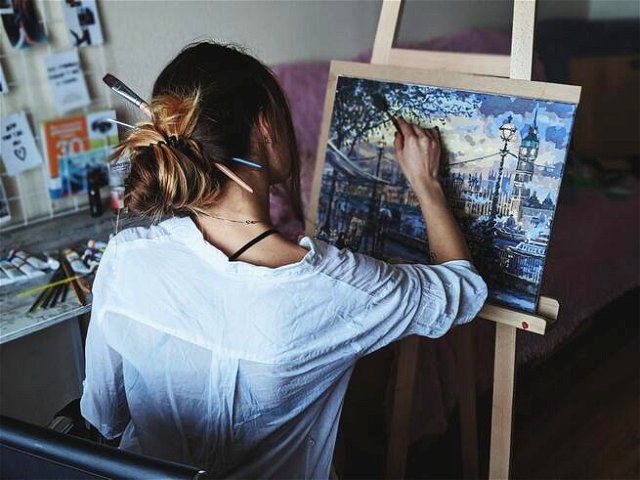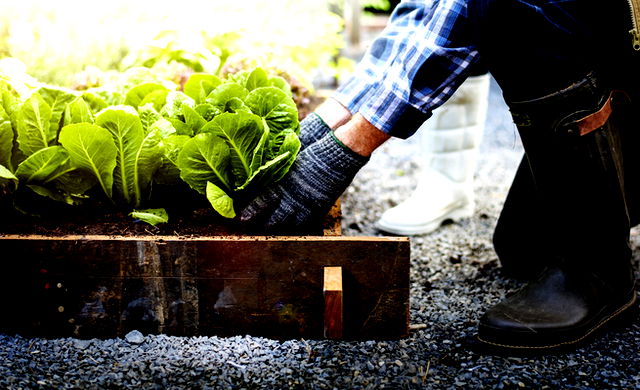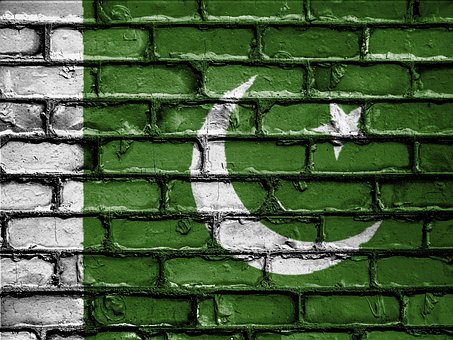Earth Day
Earth Day is celebrated internationally on April 22. It is a day to educate people about the issues affecting the planet and to raise awareness for and celebrate the efforts in place to protect the environment.
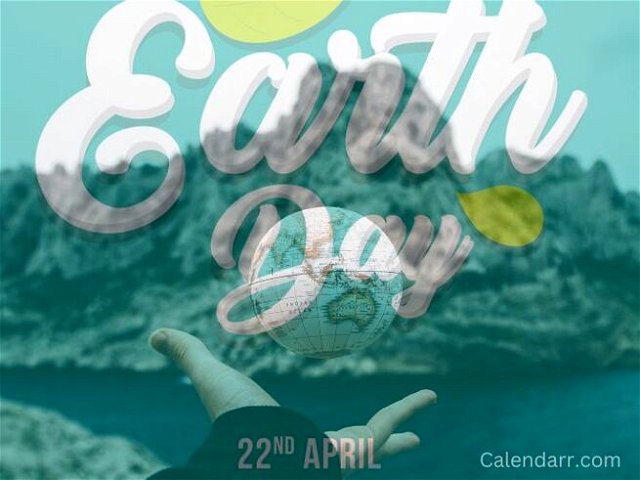 |
| Earth Day is celebrated internationally on April 22 |
As a global observance, it sometimes extends to a week-long celebration, named Earth Week, and the celebrations are coordinated by the Earth Day Network across 193 countries.
It is not a public holiday, so businesses and schools remain open.
How Did People Start Celebrating Earth Day
Senator Gaylord Nelson (former senator and governor in Wisconsin) is said to invent Earth Day in 1970. This is when he deployed students to protest and demonstrate against air and water pollution.
Events like rallies and many others were organized across the whole country. It opened the public eye to environmental issues and political agenda for perhaps the first time in America.
In 1990 there was a large 20th-anniversary international celebration of the first Earth Day with people from over 140 countries taking part in official parades, marches, and activities.
This led Earth day to grow and expand into a global phenomenon.
People continued to celebrate earth day through national events and locally organized activities from 1990 and 2010.
On the 40th anniversary of the original earth day in 2010, nations came together to organize larger events including a magnificent rally in Washington DC.
How To Observe Earth Day
Every year Earth Day has a theme. Last year (2022) the theme was "Invest In Our Planet".
This year, the theme remains the same. It acts as a continuation of last year's campaign since it was very well-received and focuses on engaging governments and over 1 billion citizens across the world.
There are many national events including festivals, parades, and initiatives such as recycling drives organized by local government, charities, schools, and private companies. Other activities include tree planting, trash collecting, and petitioning the government for change.
.jpg)
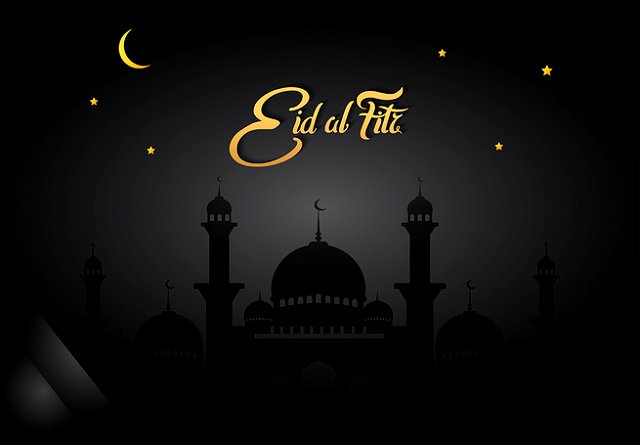

.jpg)
